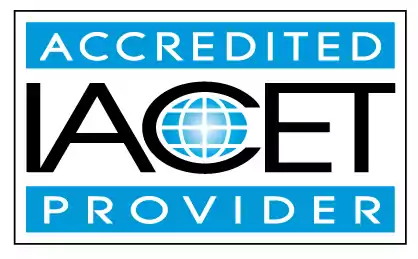Give examples regarding the prevention of illness in child care programs
Our page provides examples of how child care programs can prevent illness. We cover important requirements such as Child Care Subsidy, Child and Adult Food Program, MSDE Child Care Credential, Tiered Reimbursement, and the Child Care Career and Professional Development Fund. Explore our resources to ensure a healthy and successful environment for early childhood education and child care centers.Trainings incorporating this outcome
CDA Subject Areas
Proficiency Level
States
Alabama (3) Alaska (3) Alberta (3) Arizona (3) Arkansas (2) Australia (3) California (3) Colorado (3) Connecticut (3) Delaware (3) District of Columbia (3) Florida (3) Georgia (3) Hawaii (3) Idaho (3) Indiana (3) Iowa (3) Jamaica (2) Kansas (3) Louisiana (3) Maine (3) Maryland (2) Massachusetts (3) Michigan (3) Minnesota (3) Mississippi (3) Missouri (1) Montana (3) Nebraska (3) New Hampshire (3) New Jersey (2) New Mexico (3) New York (2) Newfoundland and Labrador (3) North Carolina (1) North Dakota (3) Nova Scotia (3) Ohio (3) Oklahoma (3) Oregon (3) Pennsylvania (2) Prince Edward Island (3) Quebec (3) Rhode Island (3) Saskatchewan (3) South Carolina (1) South Dakota (3) Tennessee (1) Texas (4) United Kingdom (3) Utah (3) Vermont (3) Virgin Islands (3) Virginia (3) Washington (3) West Virginia (3) Wisconsin (3) Wyoming (2)
24 hours courses
3 hours courses
2 hours courses
Related Outcomes
- Select examples regarding the prevention of illness in child care programs.
- Describe strategies and experiences to promote collaboration between child and youth care professionals and programs and other professionals involved in the care and education of all children and youth.
- Demonstrate an understanding of and the benefits that are associated with program accreditation and the Child Care Credential program
- Identify appropriate practice for the identification, prevention, and treatment of communicable diseases and illnesses in child care setting
- Give examples of strategies in responding to typical child care situations.
- Identify responses to typical daily child care scenarios with solutions that are aligned with Child Care Regulations
- Give examples of strategies caregivers can use to ensure safe sleeping habits and the prevention of SIDS/SUIDS in infants.
- Identify the different types of portfolios used in child care programs, and the appropriate portfolio components for each type.
- Identify practices for managing Illnesses, diseases, allergies, and medication in child care.
- Identify strategies for the child care provider that will promote successful child development.
- Give example of a transition plan for children entering, moving within, and leaving the program
- Identify strategies and practices for preventing shaken baby syndrome and abusive head trauma in the child care setting
- Identify strategies for the child care provider that will promote successful child development. Identify strategies for working with children with special needs
- Be able to give examples of appropriate child supervision
- Give examples of strategies teachers can use to communicate with parents regarding challenging behaviors.
- Give examples of strategies caregivers can use to prevent biting.
- Demonstrate an understanding of how ongoing preventive health and wellness care affects child development
- Identify factors that may influence learning for a child in the family child care environment.
Related Articles
- Formats For Setting Up Parent Contracts
- How Does the Americans with Disability Act ( ADA) apply to child care centers
- Basic Health and Safety Training Required in Maryland
- Child care education
- National Standards for Child Care
- How Old Do You Have to Be to Work at a Daycare?
- SIDS Certification: Why Every Childcare Provider Needs It
- Child Care Licensing in Texas: What You Need to Know to Stay Compliant
- Basic Health and Safety in Childcare: A Complete Guide for Providers
- MSDE Basic Health and Safety: What Does It Cover?
- From Meds to Milestones: Why Medical Administration Training Is Crucial in Child Care Settings
- Prevent, Protect, Respond: Child Abuse and Neglect Training for Educators
- Legal Steps, SIDS Certification, and Safety Training in Daycare Made Easy
- Demystifying the Online MSDE Basic Health and Safety Course
- Germs Happen! What to Do When the Sniffles Hit Circle Time
- 🧸 How Can Everyday Safety Transform Your Child Care Environment?
- 🍼📋 What Do You Need to Work in Childcare in Texas?
- 🚀How Can New Staff Quickly Get Oriented to North Dakota’s Childcare Standards?
 2.4 CEUs
2.4 CEUs